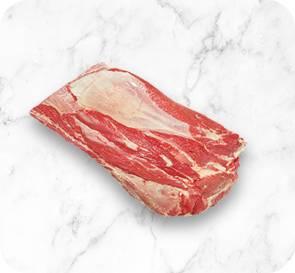
Blade
Blade steak is a versatile cut with a great flavour which can be cooked as is, cut into strips for stir-fries or diced for slow-cooking.
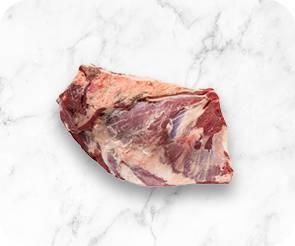
Chuck
Being one of the neck muscles used to support the head, chuck contains a great deal of connective tissue and therefore suits moist slow-cooking techniques that break down the connective tissue. Perfect for curries and stews with great flavour and a fantastic gelatinous texture.
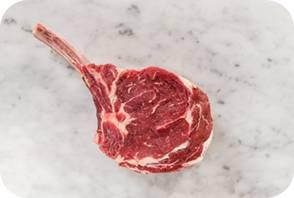
Rib eye
Rib eye steaks are tender and juicy and are suited to grilling, but can also be thinly sliced for use in stir-fries.
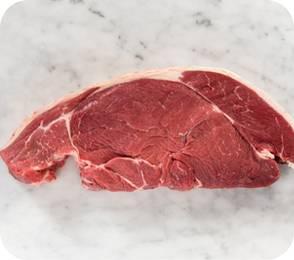
Rump
The rump is a boneless five-muscled primal that sits between the sirloin and topside. Rump steak is made up of four of these muscles with differing tenderness. A great all-rounder steak, rump is a little firmer in texture and is perfect for a variety
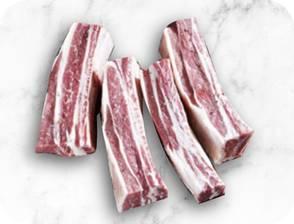
Shortribs
Simmering the ribs before cooking breaks down the connective tissue, ensuring a tender, moist result. Rich and full-flavoured, short ribs take on flavour well. The length of ribs can vary depending on the recipe they are used in.
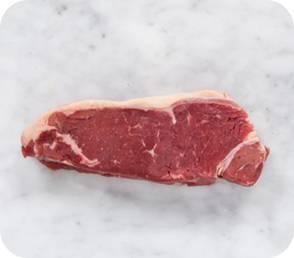
Striploin
Coming from muscles that do less work, sirloin steaks have less fat and connective tissue making them lean, notably tender and juicy. This popular cut is best cooked using high temperature methods. Sirloin steaks can also be thinly sliced for use in stir-fries.
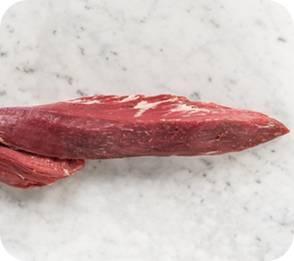
Tenderloin
The fillet or tenderloin is one of the most tender cuts of beef. Recognised for its leanness, delicate flavour and tenderness, the tenderloin can be further cut into portions for steaks and is best suited for fast cooking methods. A whole fillet can also be trimmed and trussed for roasting.

